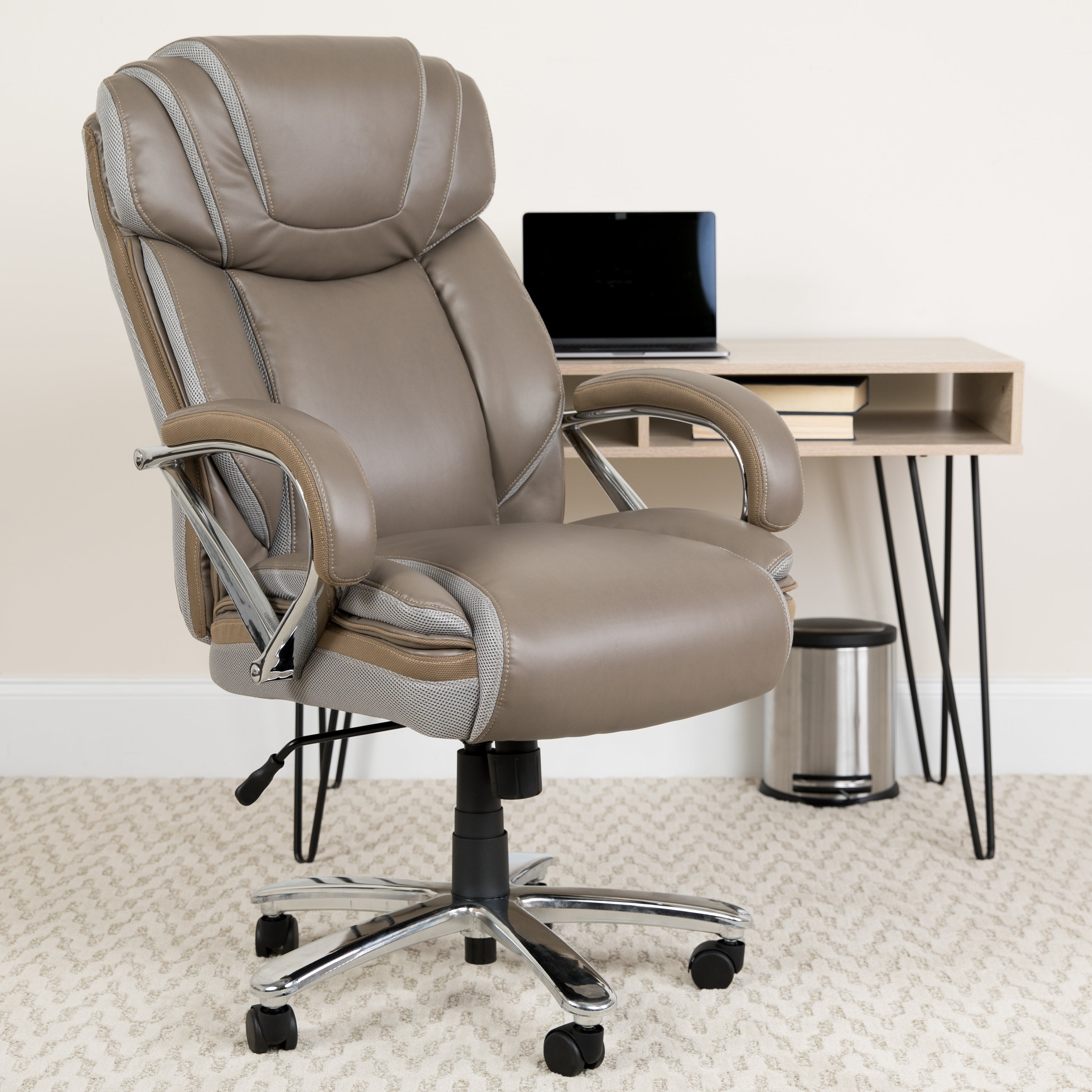Ergonomics and Health Considerations: Best Office Chair For Large Men

Selecting the right office chair is paramount for larger individuals, as improper seating can significantly exacerbate existing health issues and contribute to new ones. The added weight and potential for increased pressure points necessitate a chair designed to provide optimal support and mitigate the risks associated with prolonged sitting.
The consequences of using an unsuitable chair can be substantial. For larger individuals, the risks are amplified due to increased weight and pressure on the spine, hips, and circulatory system. Poor posture, often a result of inadequate support, can lead to chronic back pain, neck pain, and even nerve damage. Furthermore, restricted blood flow caused by compression of blood vessels can result in discomfort, numbness, and tingling in the extremities.
Back Pain and Posture Problems, Best office chair for large men
Maintaining proper posture is crucial for preventing back pain and other musculoskeletal issues. For larger individuals, this requires a chair with robust lumbar support to maintain the natural curvature of the spine. Slouching, a common consequence of insufficient support, places undue stress on the intervertebral discs and surrounding muscles, leading to pain and discomfort. The chair should also provide adequate support for the hips and thighs, preventing the pelvis from tilting forward and increasing the strain on the lower back. Optimal posture involves keeping the feet flat on the floor, knees bent at a 90-degree angle, and the back straight with a natural curve in the lower back. A headrest is also beneficial for larger individuals, as it helps maintain proper neck alignment and reduces strain on the cervical spine.
Ergonomic Features for Larger Users
Several ergonomic features are critical for larger individuals seeking optimal comfort and health. The selection and adjustment of these features are key to mitigating the risks of prolonged sitting.
- Lumbar Support Mechanisms: These are essential for maintaining the natural curve of the lower back.
- Pros: Reduces strain on the lower back, improves posture, minimizes back pain.
- Cons: Poorly designed lumbar support can be uncomfortable or ineffective; may require adjustment to find optimal positioning.
- Adjustable Headrests: These provide crucial neck and head support, especially for taller individuals.
- Pros: Reduces neck strain, improves posture, promotes relaxation.
- Cons: May not be necessary for all users; improper adjustment can cause discomfort.
- Tilt Mechanisms: Allow for reclined positions, reducing pressure on the spine and promoting better blood circulation.
- Pros: Reduces pressure points, improves comfort during long sitting periods, enhances circulation.
- Cons: Excessive reclining can be detrimental to posture; some tilt mechanisms may be less stable for heavier individuals.
Circulatory Issues
Prolonged sitting can restrict blood flow, especially in the legs and feet. For larger individuals, this risk is amplified due to increased body weight and potential for compression of blood vessels. A chair with proper seat depth and height is crucial to ensure adequate legroom and prevent pressure on the thighs and lower legs. The ability to adjust the chair’s height allows for optimal positioning to prevent circulatory issues. Additionally, taking regular breaks to stand and move around is recommended to promote blood circulation and prevent stiffness. The use of a footrest can also help improve circulation by elevating the legs and reducing pressure on the lower extremities.
